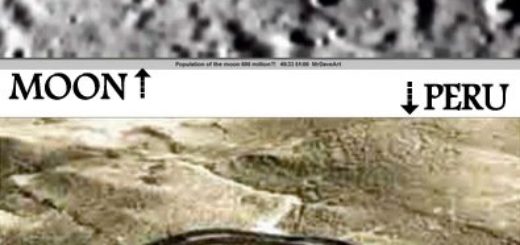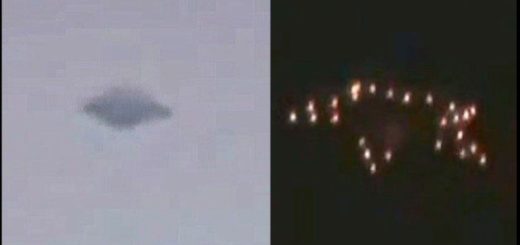On This Day In History: Ceres Discovered By Giuseppe Piazzi – On Jan 1, 1801
On January 1, 1801, Giuseppe Piazzi (1746-1846), a Catholic priest at the Academy of Palermo, Sicily discovered a faint, distant object, correctly believing it to lie in the orbital region between Mars and Jupiter.

By pointing his telescope in Palermo during subsequent 41 nights, he systematically watched the object, and saw that its position changed slightly. Unfortunately, Piazzi became suddenly ill, and shortly thereafter the object was lost to observation. Toward the end of the year, Ceres should have been visible again, but after such a long time it was difficult to predict its exact position.
The observed object is known today as Ceres and this observation became an important historic moment for astronomy, but Piazzi (at the time, the director of the Palermo Observatory in Sicily, Italy) was not sure what he was observing.
According to the observatory, Piazzi was searching for “the 87th [star] of the Catalogue of the Zodiacal stars of Mr la Caille” [a French astronomer and priest].
Instead of a star, Piazzi had found a moving star-like object – something whose “light was a little faint and colored as Jupiter.”
His discovery was made in the time, when exploring of planets and other celestial objects was beyond imagination.
Piazzi wrote to fellow astronomers Johann Elert Bode of Berlin and Barnaba Oriani of Milan to tell them he had discovered a comet.
“I have presented this star as a comet, but owing to its lack of nebulosity, and to its motion being so slow and rather uniform, I feel in the heart that it could be something better than a comet, perhaps.
However, I should be very careful in passing this conjecture to the public,” Piazzi wrote to Oriani.
While Piazzi still continued with his calculations of the object’s orbit in July 1801, other astronomers ‘believed’ in the existence of the planet .
They only needed to confirm its existence. It wasn’t until September that a 24 year old mathematician, Carl Friedrich Gauss was able to calculate the orbit of Ceres and passed along his findings to von Zach.
Many names have been proposed such as Hera, Juno or Piazzi (to honor the astronomer). The chosen name was “Ceres” the Roman goddess of agriculture and the patron deity of Sicily, where Piazzi then lived and worked.
Piazzi published his complete data set in von Zach’s journal in September 1801 and, by doing so, got the attention of a young mathematician who would become instrumental in the fate of Ceres.
Twenty-four-year-old Carl Friedrich Gauss had been experimenting with mathematical methods for which he would later become famous. When he applied those methods to Ceres, he came up with different predictions for its position than what others had calculated. Though some were skeptical about Gauss’s results, his calculations enabled von Zach to be the first to see Ceres again, on Dec. 7, 1801, followed by other prominent astronomers of the time, and by Piazzi himself on February 23, 1802.



 Creators of mankind
Creators of mankind Description of “Tall white aliens”
Description of “Tall white aliens” Where they came from?
Where they came from? About hostile civilizations
About hostile civilizations The war for the Earth
The war for the Earth “Tall white aliens” about eternal life
“Tall white aliens” about eternal life Video: “Nordic aliens”
Video: “Nordic aliens” Aliens
Aliens Alien encounters
Alien encounters The aliens base
The aliens base UFO
UFO Technology UFO
Technology UFO Underground civilization
Underground civilization Ancient alien artifacts
Ancient alien artifacts Military and UFO
Military and UFO Mysteries and hypotheses
Mysteries and hypotheses Scientific facts
Scientific facts


















